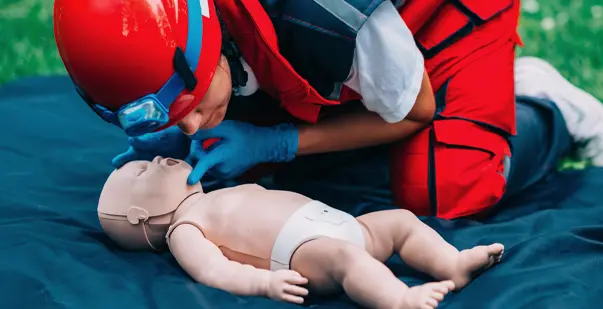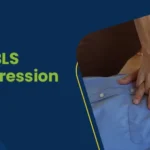Table Of Content(s)
- Introduction: PALS Class Requirements
- What are the prerequisites for PALS certification?
- How to get PALS certification?
- Conclusion
In the pediatric care unit, healthcare professionals are needed to possess the skills of pediatric emergency management. To ensure that optimal care is delivered, professionals go through the Pediatric Advanced Life Support exam for a valid license. A PALS training course can be availed by non professionals as well.
Over 7000 children in the US suffer Out of Hospital Cardiac Arrests (OHCA) every year. To take matters under control, it is important to raise awareness on the importance of PALS training courses. In this blog, we will go through the PALS certification requirements, one at a time. By the end of this, you will have a better understanding of advanced airway management, effective chest compressions, and the administration of PALS medications.
Master PALS Now
Get PALS certified with confidence
What are the prerequisites for PALS certification?
PALS certification is crucial for healthcare professionals who work in the pediatric emergency management unit. It is also important for babysitters, parents and anyone who wishes to stay prepared in pediatric emergencies. Before enrolling in the course, ensure that all pals certification requirements are met. These prerequisites help ensure that participants have the foundational knowledge to complete the course.
These are the prerequisites for PALS Certification
- Current Basic Life Support (BLS) Certification: Participants must have a valid BLS certification, from a provider that is accredited and recognized. This ensures they have the essential skills in adult and pediatric CPR, AED use, and basic airway management.
- Medical Background: PALS is designed for healthcare providers who are involved in the care of critically ill children. This includes physicians, nurses, paramedics, respiratory therapists, and other healthcare professionals.
- Knowledge of Pediatric Assessment: Participants should be familiar with basic pediatric assessment techniques. This includes vital signs, recognizing respiratory distress, and understanding pediatric shock.
- Understanding of ECG Interpretation: A fundamental understanding of electrocardiogram (ECG) interpretation is necessary. This is because PALS involves identifying and treating various cardiac rhythms and arrhythmias.
- Pre-course Preparation: Complete the PALS pre-course self-assessment and review the PALS Provider Manual. This preparation helps participants familiarize themselves with the course content and enhances their learning experience.
Read More: Pals coupon code
How to get PALS certification?
Obtaining Pediatric Advanced Life Support (PALS) certification is a significant step. This applies to healthcare professionals who work with critically ill or injured children and laypeople as well. PALS equips you with the skills and knowledge necessary to effectively manage pediatric emergencies. Here’s a step-by-step guide on how to get PALS certified:
- Check Eligibility: Ensure you meet the prerequisites for PALS certification, including holding a current Basic Life Support (BLS) certification and having a medical background relevant to pediatric care.
- Choose a Training Provider: Select an accredited training center or organization. Verify that the provider offers certified PALS courses.
- Register for a Course: Enroll in a PALS course that fits your schedule. Courses are available in various formats, including in-person, blended learning (combining online and in-person), and fully online.
- Complete Pre-Course Preparation: Review the PALS Provider Manual and complete the required pre-course self-assessment. These materials are typically provided by the training center and are crucial for understanding the course content.
- Attend the Course: Participate in the PALS course, which includes lectures, interactive simulations, and hands-on practice. The course covers topics such as advanced airway management, effective chest compressions, and medication administration for pediatric emergencies.
- Pass the Assessments: Successfully complete the written exam and skills assessments. These evaluations test your knowledge and practical abilities in pediatric advanced life support.
- Receive Certification: Upon passing the assessments, you will receive your PALS certification card, valid for two years. This certification confirms your proficiency in pediatric emergency care.
- Maintain Certification: Keep your certification current by renewing it every two years. This typically involves taking a renewal course and passing the associated assessments.
Read More: Cardiac disease in the young: Recognizing and Understanding Early Signs
Conclusion
Getting PALS certified is a crucial milestone for anyone who wants to keep the most vulnerable population of this world safe. This certification doesn’t just give you the power to intervene easily in any pediatric emergency, but it also ensures that optimal care is delivered. However, the first step to doing all of this is to understand the PALS certification requirements.
The prerequisites for this certification mostly include BLS certification, relevant medical background and understanding of ECG artifacts. After getting certified, the valid license has to be renewed every 2 years. Renewal courses are vital for staying updated with industry standards. This commitment to continuous learning ultimately ensures the highest standard of care delivered to young lives.







